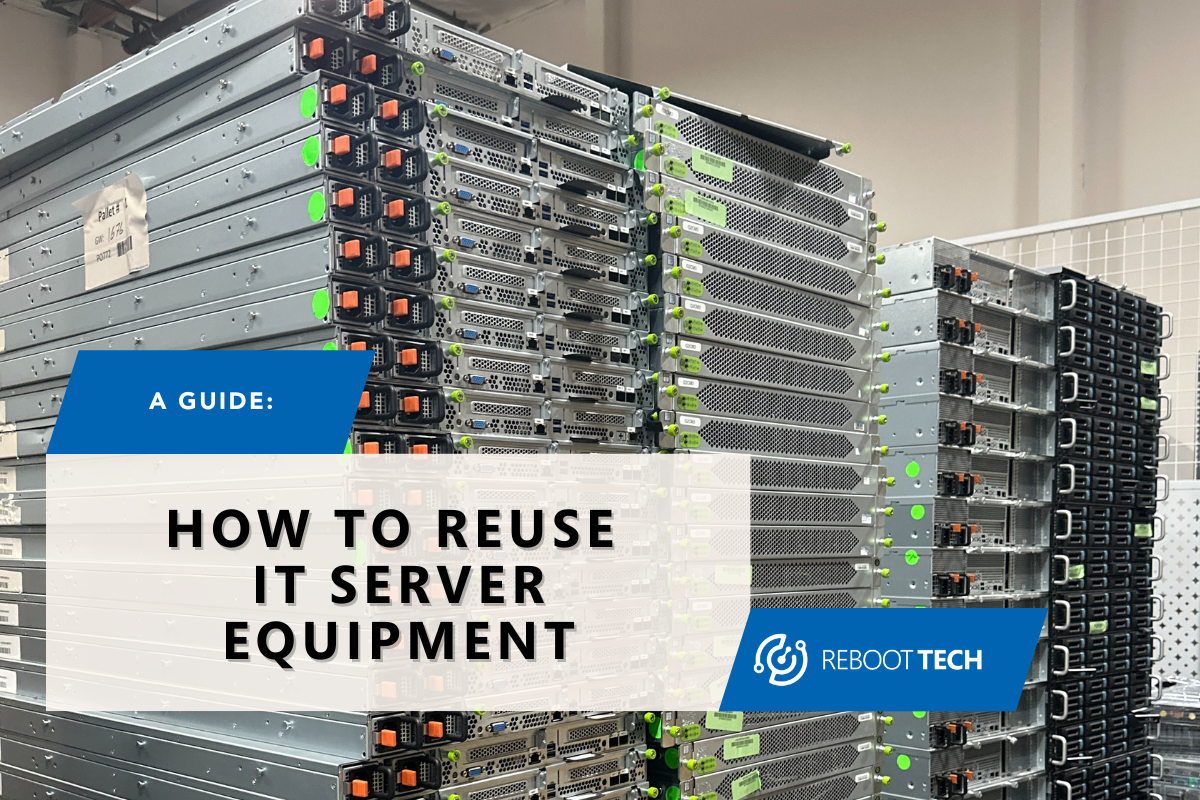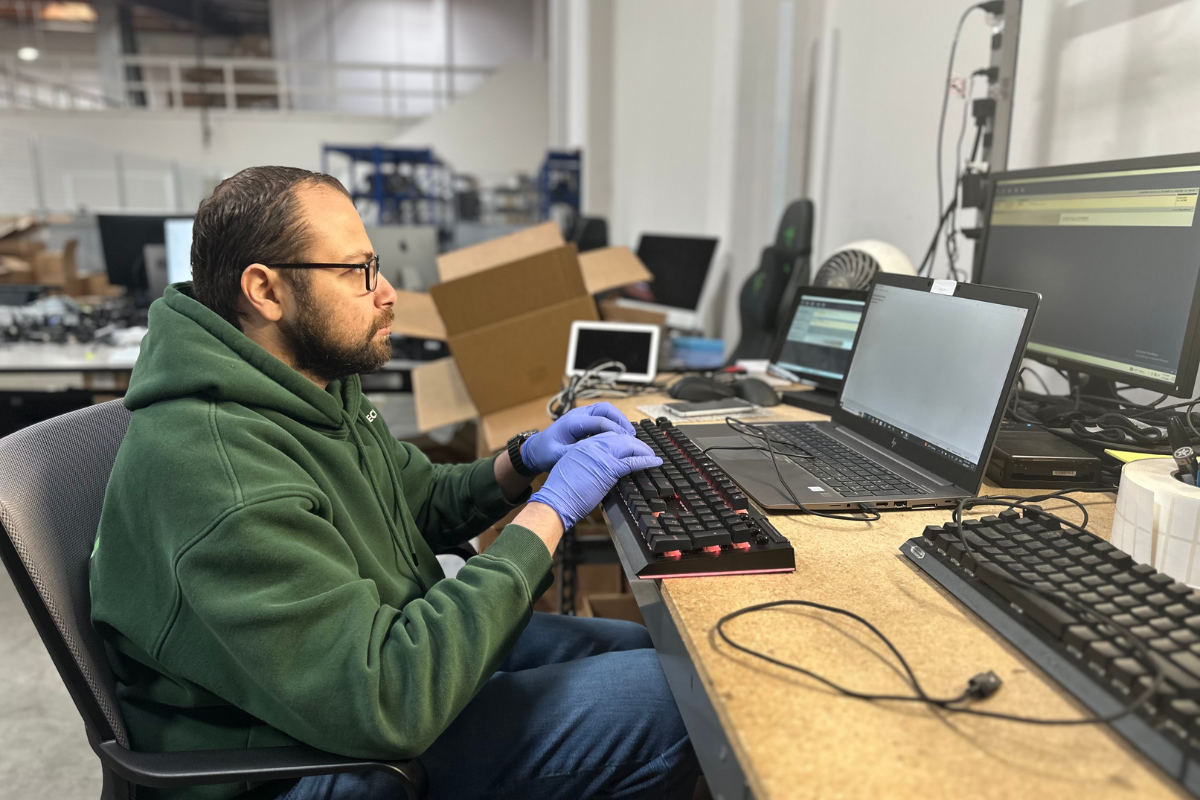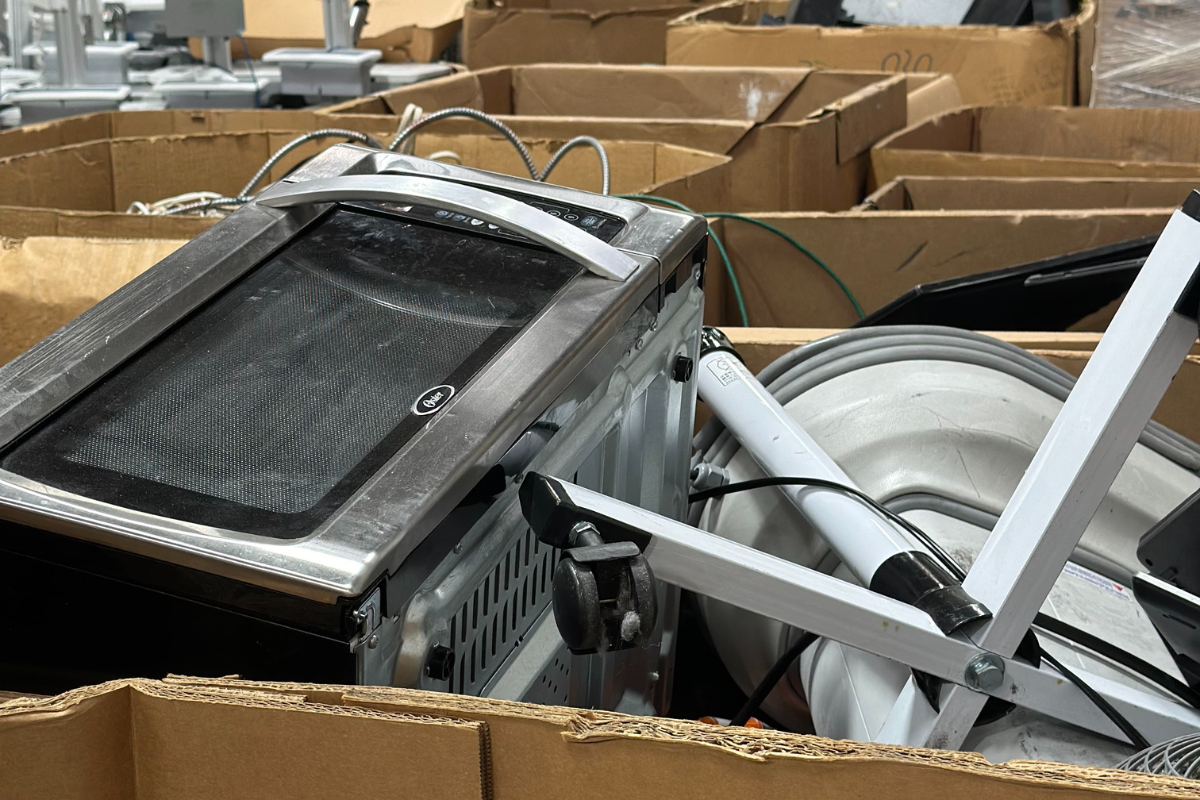
Give Your Old Servers a New Life: The Guide to IT Server Reuse
Upgrading your servers is an exhilarating experience, similar to driving a brand-new sports car—sleek, powerful, and ready to meet your user demands. But before you forget about the old server collecting dust, consider this: disposing of it improperly can have significant environmental impacts. Instead of discarding it like an outdated clunker, let’s delve into the exciting possibilities of server reuse.
Not only can you save money and resources, but you might also unlock hidden potential in your “retired” equipment. The aftermath of these upgrades often leads to a significant environmental challenge: e-waste. Servers, essential for storing and processing data, are now classified as environmental hazards due to the high levels of polychlorinated biphenyls (PCBs) they contain.
This has prompted 25 states in the U.S. to implement stringent e-waste laws aimed at reducing the environmental impact of discarded electronic equipment. But before you dispose of your old IT equipment, consider the numerous ways you can reuse and repurpose these valuable resources.
Understanding IT Asset Disposition (ITAD)
That’s where IT Asset Disposition (ITAD) comes in the process of responsibly getting rid of outdated IT equipment. This involves securely handling, recycling, or even finding new uses for these assets. The goal? Minimize environmental harm and keep your data safe.
ITAD services help businesses follow environmental regulations while also getting the most value out of their old equipment. By understanding and using ITAD practices, companies can do their part for the environment and save money on e-waste disposal costs. IT Asset management is crucial, but if you’re unfamiliar, here is a small list of what IT equipment is:
- Computer equipment: desktops, laptops, tablets, servers
- Networking devices: routers, switches, firewalls
- Storage devices: hard disk drives, solid-state drives
- Peripherals: monitors, keyboards, mice
- Management systems: software for managing IT infrastructure and resources
- Input/Output devices: printers, scanners, webcams (uses raw materials like plastics and metals)

Tip 1: Refurbish and Reuse
Let’s get into 5 tips on using your old IT equipment without having it end up in a landfill. One of the most straightforward ways to extend the life of your IT equipment is through refurbishment. Refurbishing involves cleaning, repairing, and upgrading old servers to restore them to a functional state. This process can include replacing outdated components with newer, more efficient ones, thus improving performance and extending the equipment’s lifespan.
Refurbished servers can be used in less critical roles within your organization. For example, they can serve as backup servers, test environments, or for training purposes. This not only reduces the need for purchasing new equipment but also ensures that the old servers are put to good use rather than ending up in a landfill. By refurbishing and reusing servers, businesses can save money and contribute to a more sustainable IT infrastructure.
Tip 2: Donate to Educational Institutions
Donating your old IT equipment to schools, colleges, or universities is another fantastic way to give it a second life. These institutions often have tight budgets for technology, yet still need up-to-date tools for learning. Your retired servers could become the workhorses they need, providing the processing power for educational websites, complex simulations, or other valuable tasks.

Donating also helps bridge the digital divide. By providing access to technology these students might not otherwise have, you’re giving them a big boost. This can significantly improve their learning experience and prepare them for a future heavily reliant on technology.
Just remember to securely erase all data before donating, to protect sensitive information. By choosing this path, businesses can support education while promoting eco-friendly practices.
Tip 3: Repurpose for Non-Critical Functions
Not all servers need to run mission-critical applications. Repurposing old servers for non-critical functions within your organization can be an effective way to reuse IT equipment. These servers can be utilized for tasks such as file storage, web hosting, or running internal applications that do not require high-performance hardware.
For example, an old server can be repurposed as a dedicated backup server, ensuring that your critical data is securely stored without the need for additional investment in new hardware. Similarly, these servers can be used to host intranet services or development environments, allowing your IT team to experiment and develop new applications without impacting the main production servers. Repurposing old servers in this way maximizes their utility and reduces e-waste.
Tip 4: Sell or Trade-In
If your old IT equipment is still in good working condition, selling or trading it in can be a viable option. Numerous companies specialize in buying used IT equipment, refurbishing it, and reselling it to other businesses. This not only gives your old servers a second life but also provides a financial return that can be reinvested in your IT infrastructure.

Trade-in programs offered by many IT vendors allow businesses to exchange their old equipment for credit toward new purchases. This is a cost-effective way to upgrade your technology while ensuring that your old servers are responsibly handled and reused. Before selling or trading in your equipment, make sure to securely erase all data to protect your company’s sensitive information. This approach helps businesses manage their IT budgets more effectively and promotes the circular economy in the tech industry.
Tip 5: Use for Parts
When servers are too old or damaged to be refurbished or repurposed, they can still be valuable sources of spare parts. Components such as hard drives, memory modules, and power supplies can often be salvaged and used to repair or upgrade other servers. This can be particularly useful for maintaining older equipment that is no longer supported by the manufacturer.
Salvaging parts not only reduces the need for purchasing new components but also minimizes e-waste. By having a stock of spare parts on hand, your IT team can quickly address hardware failures and extend the life of your existing equipment. This practice not only saves money but also supports sustainable IT management by reducing the demand for new resources.
Reboot Tech’s E-Waste Recycling and ITAD Services
At Reboot Tech, we handle the secure disposal of your old IT equipment for proper asset disposal. Our top-tier electronics recycling methods make sure that your electronic waste never ends up in a landfill. We adhere to all local and federal regulations, ensuring that hazardous materials like PCBs are handled with the utmost care.
Additionally, our data destruction services guarantee that all sensitive information is securely erased from your equipment, protecting your business from potential data breaches. Data erasure is extremely important when recycling your electronics, so our data center decommissioning process ensures the files are sanitized or physically destroyed in an environmentally friendly way. We offer certified IT Asset Disposition (ITAD) services to help businesses manage their retired IT assets efficiently.
At Reboot Tech, our IT Asset Disposition (ITAD) solutions take care of all your electronic devices. We securely wipe your data, responsibly recycle what can’t be reused, and even find new homes for equipment that’s still in good shape. Choosing Reboot Tech ensures your e-waste is managed in a way that’s good for the environment.
But beyond our services, there’s a bigger picture. Reusing old IT equipment, whether through refurbishment, donation, or even selling parts, is a smart decision for both your wallet and the planet. By implementing these strategies, businesses can reduce waste, follow e-waste regulations, and get more mileage out of their IT investments.

Ready to join the movement? Reboot Tech offers comprehensive services to help businesses handle their e-waste responsibly. Together, we can build a more sustainable future.





